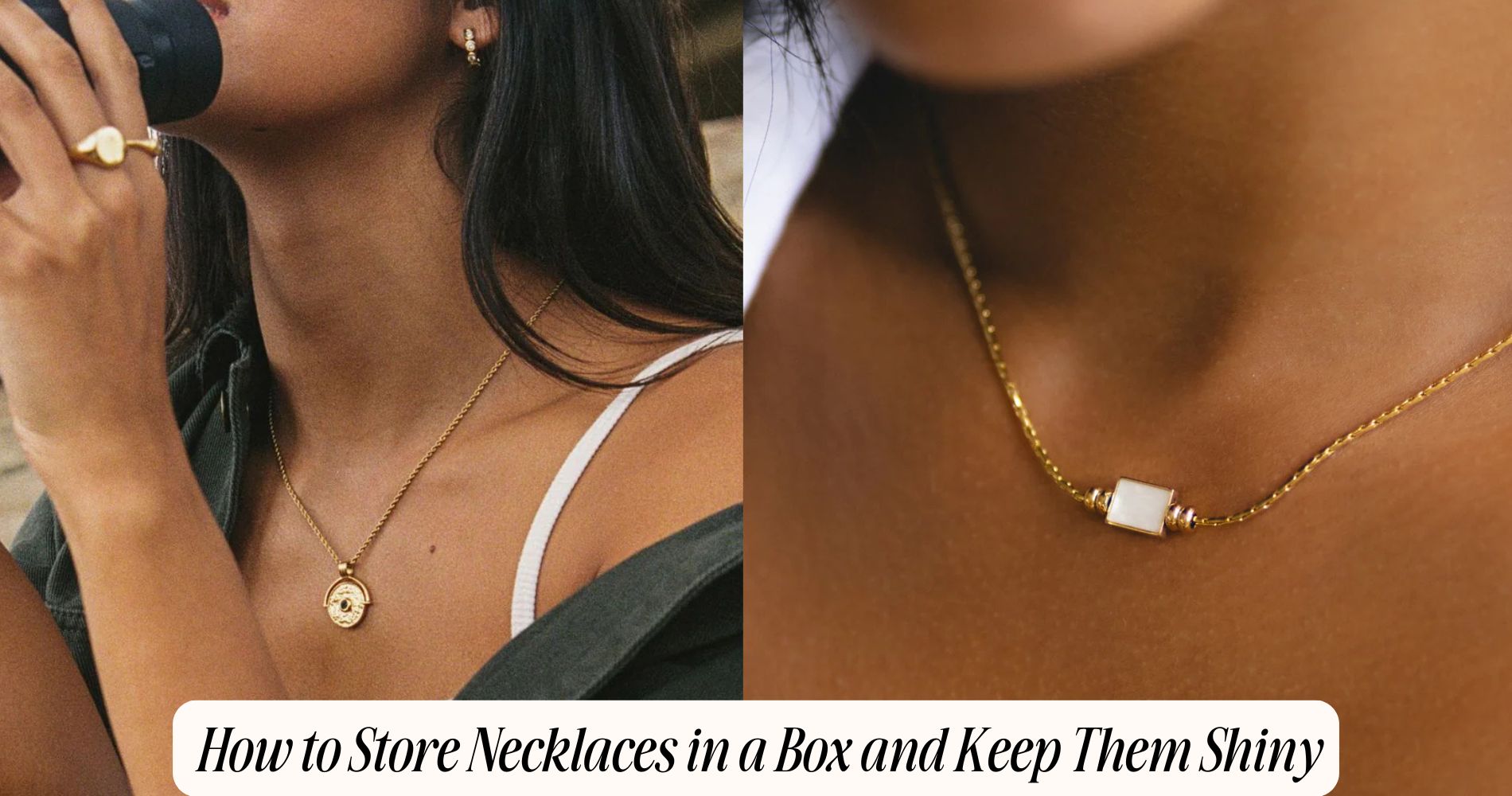
How to Store Necklaces in a Box and Keep Them Shiny
Knowing how to store necklaces in a box helps preserve their shine and prevent tangling. Use an airtight, inert box (solid wood low-VOC or powder-coated metal) with a gasketed lid. Line it with PE/PP/EVA instead of PVC to avoid chemical reactions. Create tangle-proof compartments sized to chain length; clasp each necklace, coil it into 1–1.5" loops, soft-tie, and bag individually in PE/PP with the clasp at the opening. Maintain 35–50% relative humidity using desiccants, and add anti-tarnish strips or charcoal. Keep the box away from heat, cosmetics, and ozone. Clean pieces with a pH-neutral solution, rinse with distilled water, dry completely, then store. Label each compartment to minimize handling and keep finishes bright—perfect for maintaining your hypoallergenic necklaces.
Choose the Right Box and Lining Materials
Before you buy a jewelry box, match the container and lining to your necklace materials and storage environment. Evaluate box materials for chemical inertness, moisture resistance, and structural rigidity. Solid wood with low-VOC finishes or powder-coated metal minimizes off-gassing; avoid acidic cardboard and raw plywood.
Choose gasketed lids if humidity fluctuates. Prioritize anti-tarnish performance for sterling silver: look for sulfur-absorbing liners or integrated intercept films. For gold, platinum, and stainless, select neutral, non-abrasive lining options such as microfiber or suede-like polyester; avoid wool felt (sulfur) and dyed fabrics that leach.
Use PE, PP, or EVA inserts over PVC to prevent plasticizer migration. Add silica gel or molecular sieve desiccants with indicator cards. Keep RH 35–50%, temperature stable, and store away from UV and household sulfur sources.
Create Tangle-Proof Compartments and Dividers
Even with ideal materials selected, you’ll prevent snarls only by isolating each chain in a dedicated bay with controlled slack.
Build compartment organization that matches necklace length and gauge: narrow micro-bays for fine chains, deeper channels for pendants. Use inert divider materials—EVA foam, flocked MDF, acrylic, or acid-free board—cut to friction-fit and stop lateral migration.
Add soft-edge risers or posts to separate vertical tiers and maintain clearance. Specify 8–12 mm spacing for fine chains; 15–20 mm for bulky links.
Position crossbars to create “P-trap” pathways that discourage drift during movement. Line contact points with microfiber strips to reduce abrasion.
Install modular inserts so you can reconfigure layouts as inventory changes. Label compartments to speed retrieval and minimize handling, preserving finish and geometry.
Coil, Clasp, and Bag: Techniques to Prevent Knots
Two simple maneuvers—controlled coiling and secured clasping—eliminate most knot formation before storage.
Lay the necklace straight, align chain links, then close the clasp to create a continuous loop; this delivers immediate clasp protection. Pinch the pendant to immobilize weight, then wind the chain in uniform 1–1.5 inch loops. Avoid micro-coils that induce kinks in fine cable or snake chains.
Stabilize the coil with a soft tie: use a silicone band, wasi tape over parchment, or a reusable cord ring; never apply adhesive directly to metal.
For coil storage, slide the coiled necklace into an individual micro zip bag, leaving the clasp at the opening for quick access. Purge air, seal, and file the bag upright in a compartment.
Isolate chains by metal type and length to prevent cross-abrasion and migrating tangles.
Anti-Tarnish Tools and Tricks That Actually Work
While tarnish is inevitable on reactive alloys, you can slow it dramatically with proven, non-abrasive controls.
Use an airtight jewelry box with low-permeability seals and desiccant packs to keep relative humidity under 40%. Add activated charcoal or 3M anti-tarnish strips to scavenge sulfur compounds. Replace sorbents per manufacturer intervals.
Store each necklace in inert polyethylene or polypropylene pouches; avoid PVC, which off-gasses chlorides. For silver, line compartments with sulfur-absorbing cloth. For plated pieces, minimize friction by isolating chains in microfiber sleeves.
Apply protective coatings formulated for jewelry—clear, micro-thin acrylics or organosilane sealants—to create diffusion barriers; reapply per wear cycle. Favor tarnish resistant solutions such as rhodium plating on silver and nickel-free white gold.
Keep the box away from heat sources, cosmetics, and ozone-emitting devices.
Quick Cleaning and Pre-Storage Care Routine
Before you store a necklace, perform a fast, non-abrasive clean to remove skin oils, salts, and cosmetic residues that accelerate corrosion and tarnish.
Identify metal and gem types first; test inconspicuously. Use pH-neutral cleaning solutions: mild dish surfactant in lukewarm water for gold, platinum, and stainless; diluted ammonia-free jewelry cleaner for diamonds; distilled water only for porous gems and silk cords.
Avoid ultrasonic agitation on treated stones and glued settings.
Rinse with distilled water, then pat dry with a lint-free, nonwoven microfiber. Use a soft, natural-bristle brush to clear chain links, clasps, and settings; don’t overflex chains.
Air-dry fully on a mesh tray to prevent moisture entrapment. Finish with a clean polishing cloth, no abrasive pastes.
Proceed to storage techniques only when completely dry to minimize tarnish and micro-pitting.
Smart Labeling and Rotation for Easy Access and Shine
With every necklace fully dry and polished, set up a labeling and rotation system that prevents tarnish and speeds retrieval.
Use consistent labeling systems: assign each box a code (e.g., MTL-GF-16 for gold-filled, 16-inch) and each compartment a position ID. Print acid-free labels; avoid adhesives touching metal. Record alloy, plating, length, stone type, and last polish date.
Create a rotation schedule to minimize prolonged exposure and skin oils. Cycle wear by category: precious, plated, fashion. Schedule intervals (e.g., 2-3 weeks for plated, 4-6 weeks for solid gold). Log wear/clean dates in a spreadsheet or app; set reminders.
Place high-tarnish items forward for earlier use. During retrieval, follow first-in-next-out. Audit quarterly, update labels, and retire failing platings.
Frequently Asked Questions
How Do Humidity and Temperature Affect Stored Necklaces Over Time?
Humidity accelerates tarnish; heat increases reaction rates and degrades plating. You implement moisture control with desiccants and airtight enclosures. For oxidation prevention, maintain 30-50% RH, 15-21°C, stable temperatures, minimal UV, anti-tarnish strips, inert storage materials, and periodic inspection.
Is It Safe to Store Necklaces Near Electronics or Magnets?
It’s generally unsafe. You risk magnetic interference with clasps and electronic damage from stray fields or heat. Store away from speakers, chargers, and magnets. Use anti-static bags, non-magnetic metals, desiccants, and shielded, temperature-stable storage to prevent corrosion and demagnetization.
What Travel Methods Keep Necklaces Secure Outside the Storage Box?
Use individual necklace pouches or segmented travel cases with foam inserts, tie-off posts, and anti-tarnish liners. Thread chains through straws or silicone tubes, clasp closed, then zip compartments. Add desiccant, avoid jostling, and stow upright in carry-on.
How Often Should Gemstone Strands Be Restrung to Prevent Breakage?
Restring gemstone strands every 1–2 years with regular wear; annually for pearls, biennially for harder gems. Inspect knots, fray, stretch monthly. Use silk or polyamide, knot between beads, add wire guardians. This preserves gemstone longevity and guarantees necklace maintenance.
Can Essential Oils or Perfumes in the Room Impact Metal or Pearls?
Yes. Volatile compounds accelerate tarnish on silver and gold alloys and degrade pearl nacre. Limit essential oil effects and perfume residue exposure; store sealed, use anti-tarnish strips, control humidity 35–50%, and wipe pieces with lint-free cloth after wear.
Conclusion
You’ve engineered a necklace box that prevents abrasion, tangling, and tarnish. Maintain it: return each piece to its dedicated channel, clasped, coiled, and bagged. Swap saturated anti-tarnish strips every 6–12 months, purge silica gel when color indicators flip, and log rotation dates. Wipe with a non-abrasive, lint-free cloth before stowing. Label compartments for rapid retrieval. Audit quarterly for contamination, humidity spikes, and failing liners. With disciplined workflow, your pieces stay bright, organized, and ready to wear.







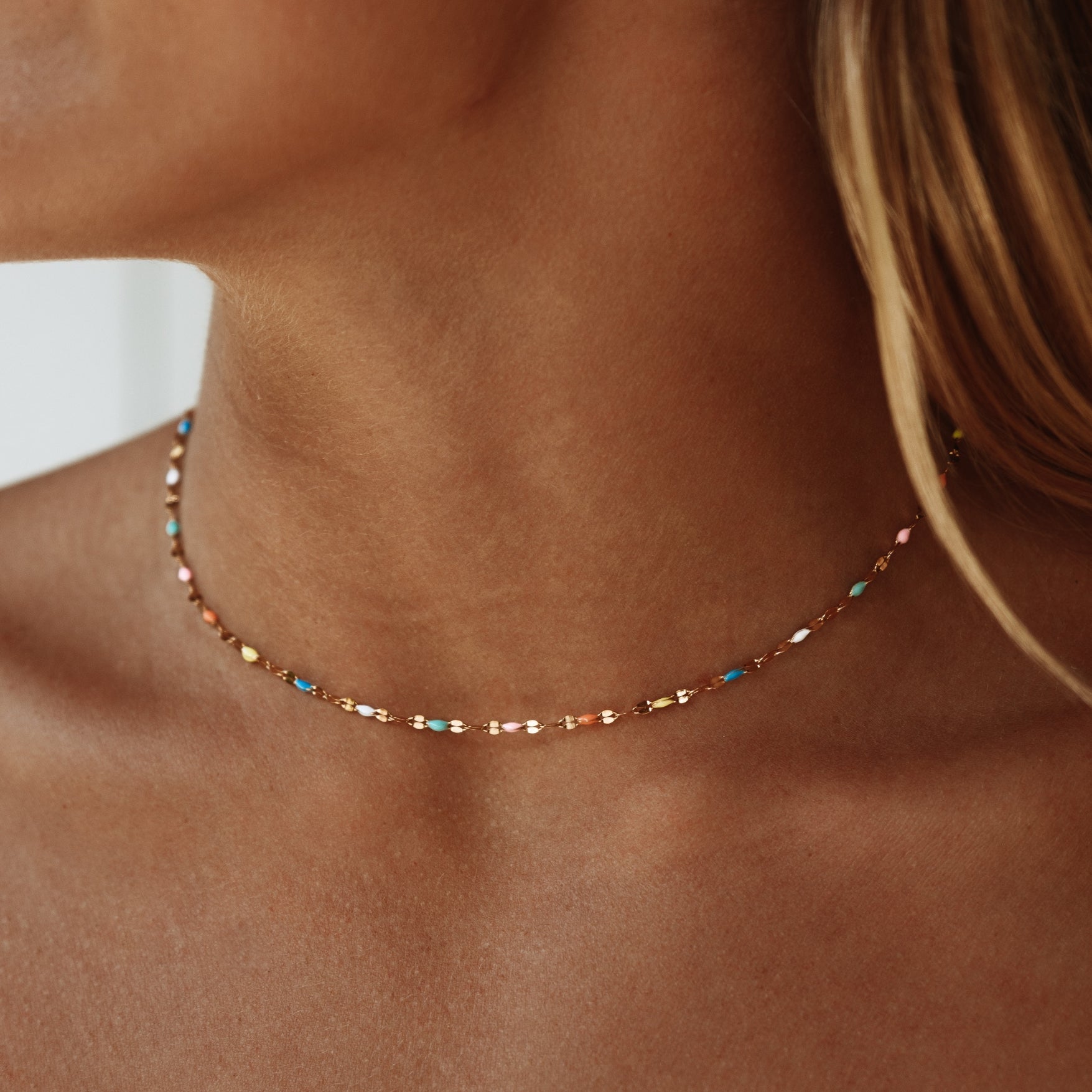
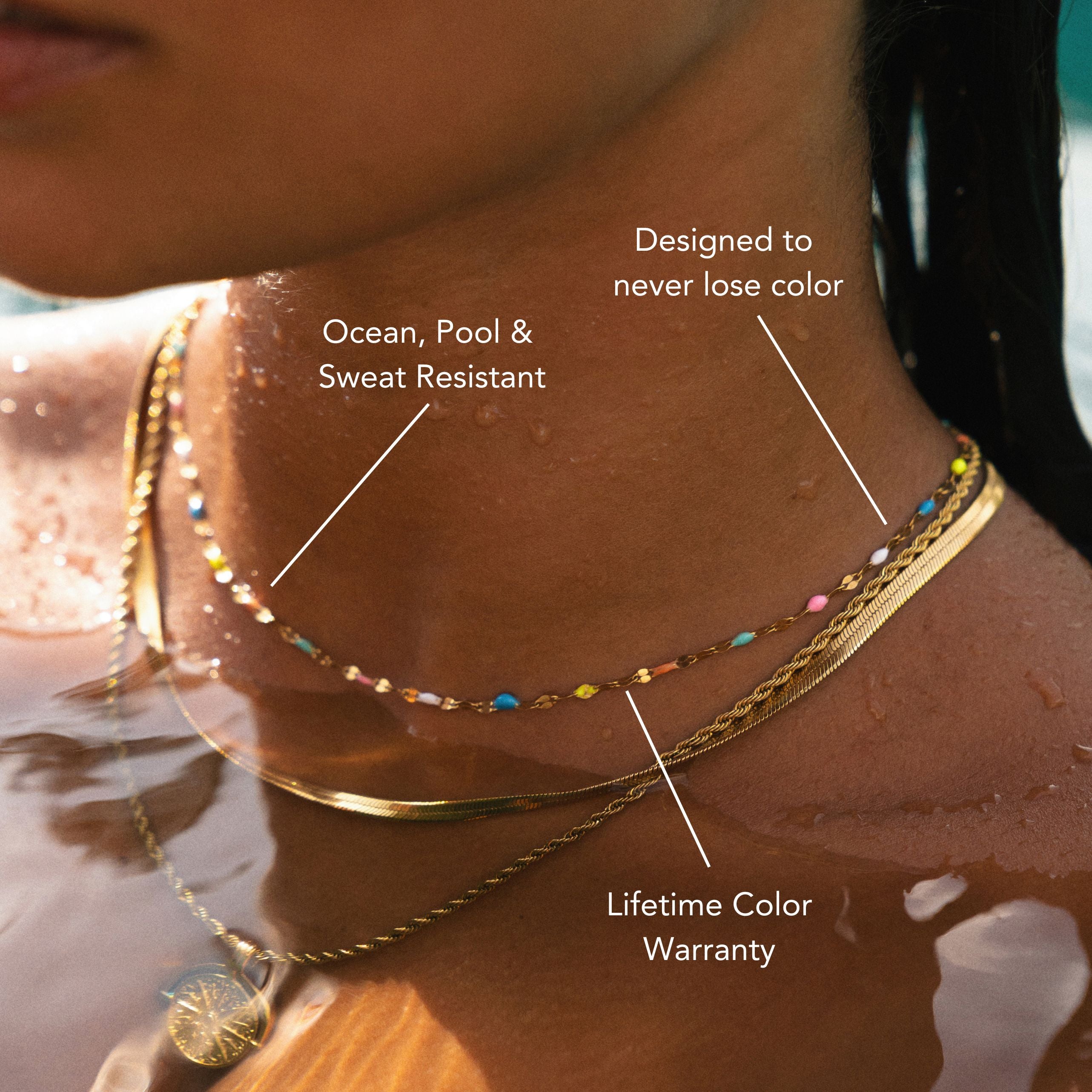
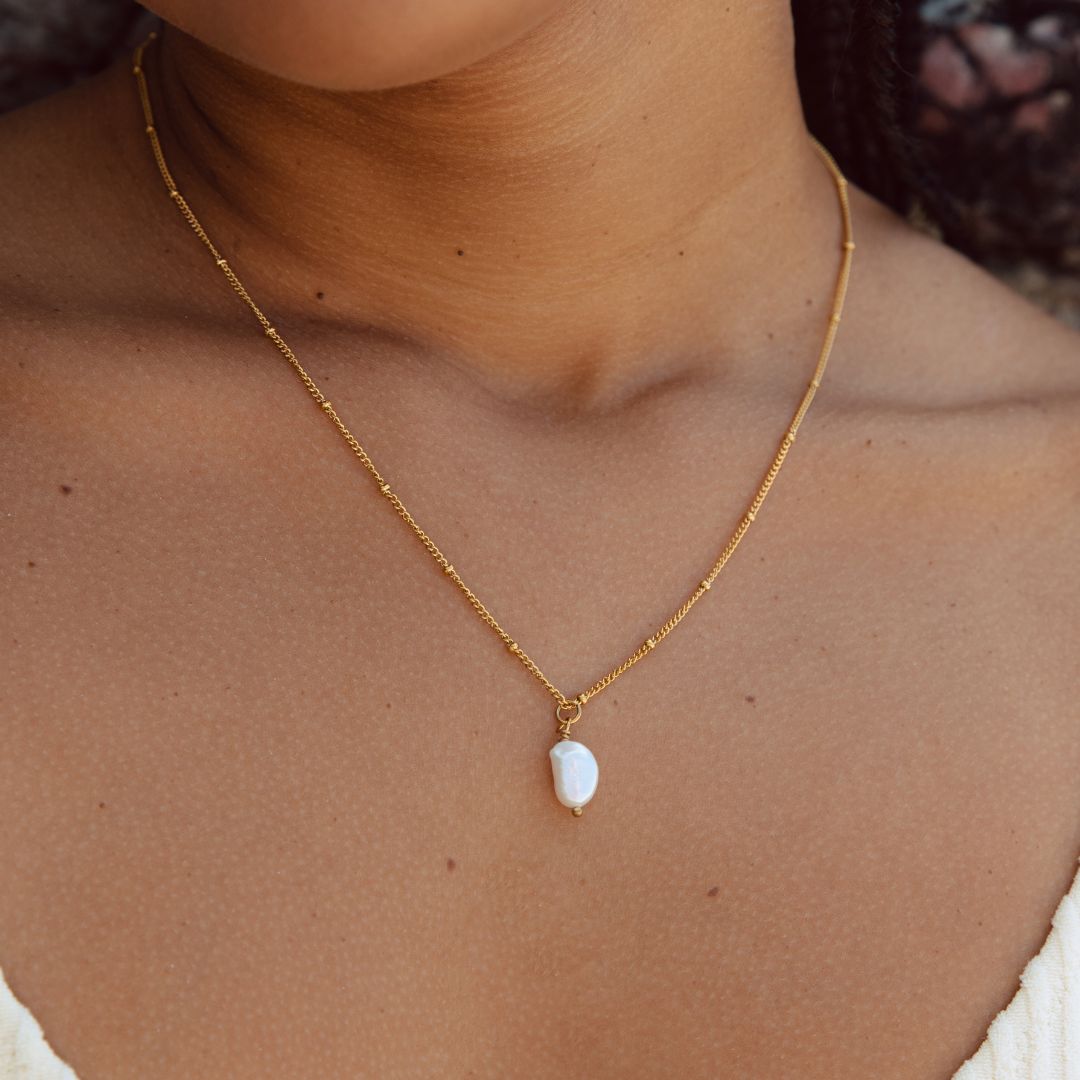

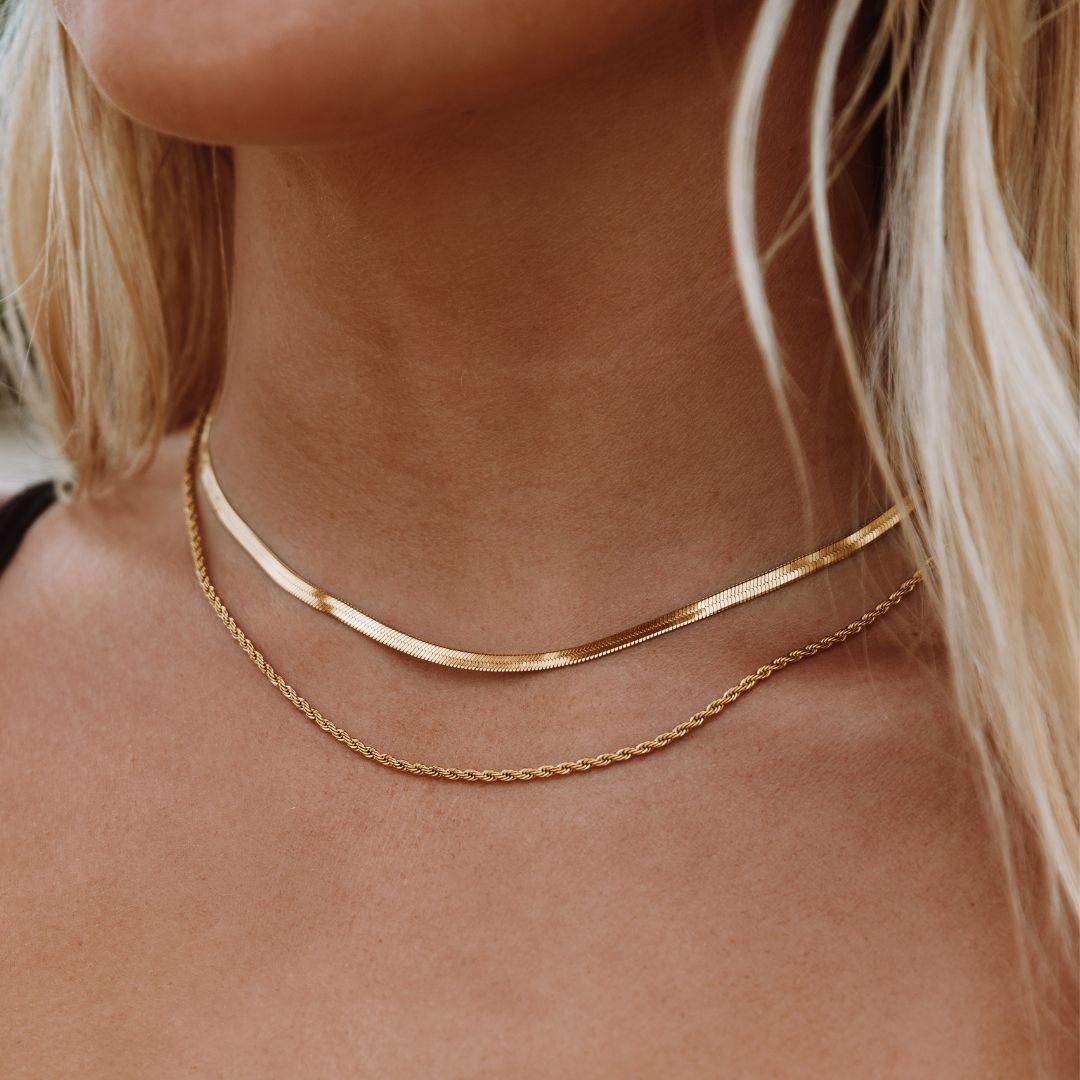
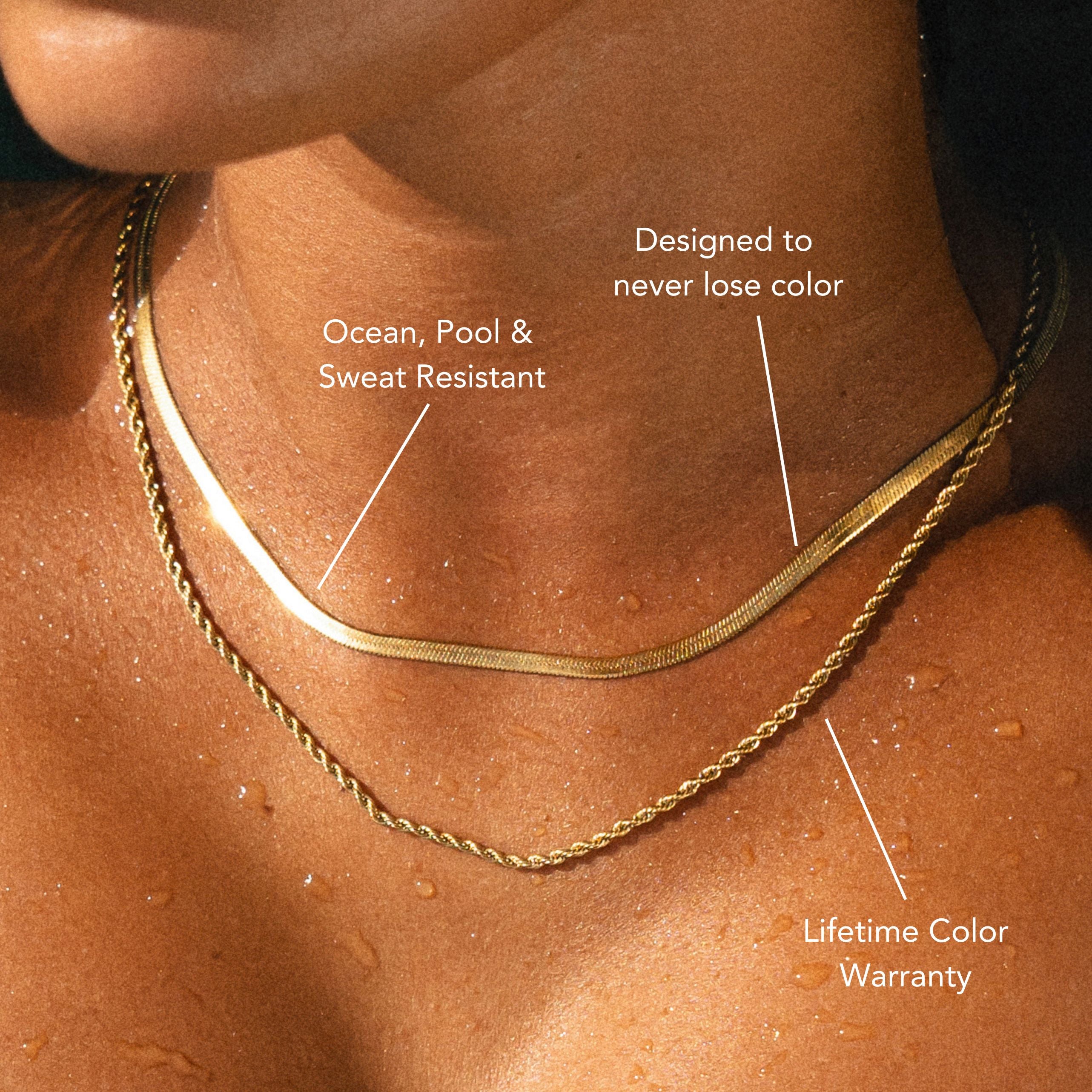

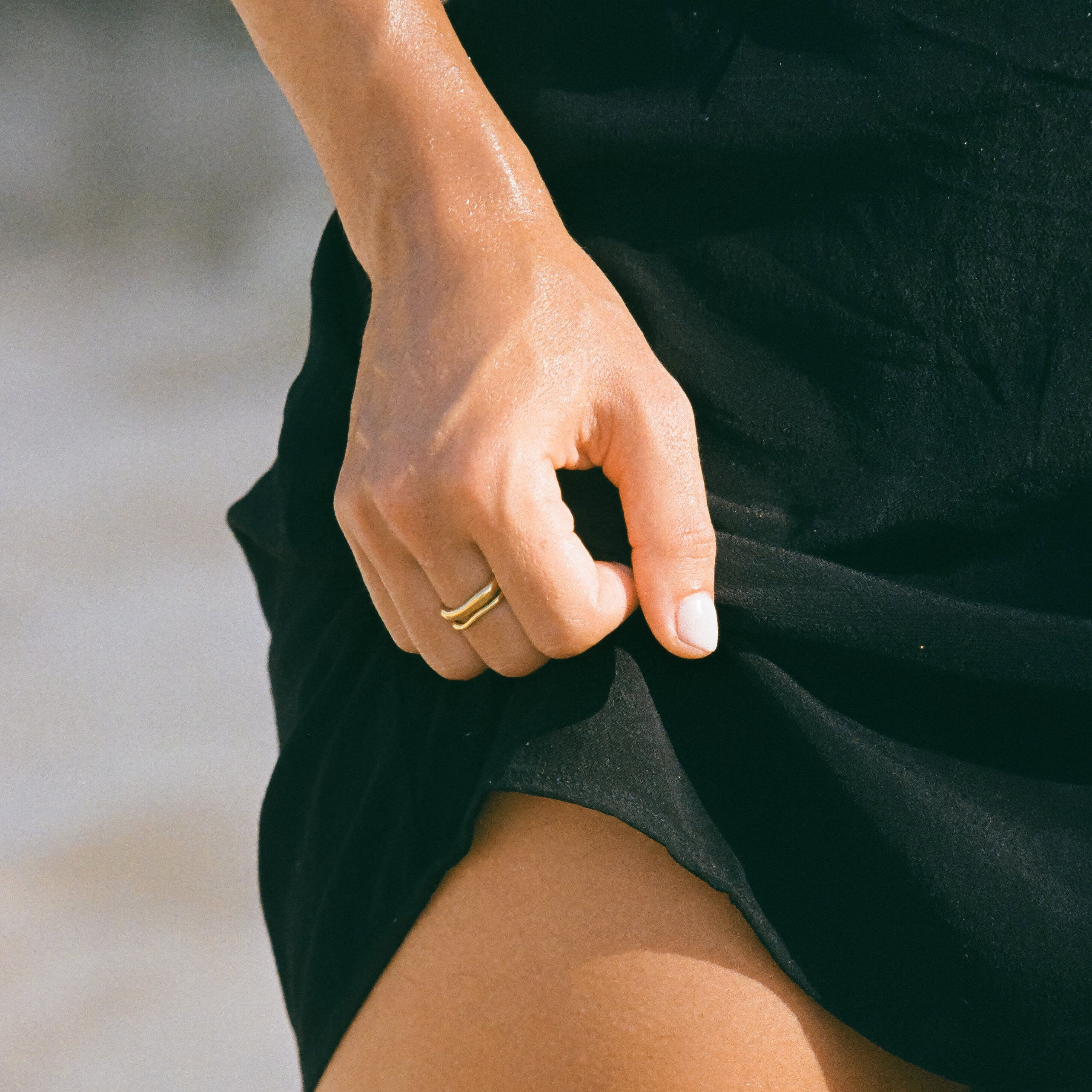







Leave a comment
This site is protected by hCaptcha and the hCaptcha Privacy Policy and Terms of Service apply.